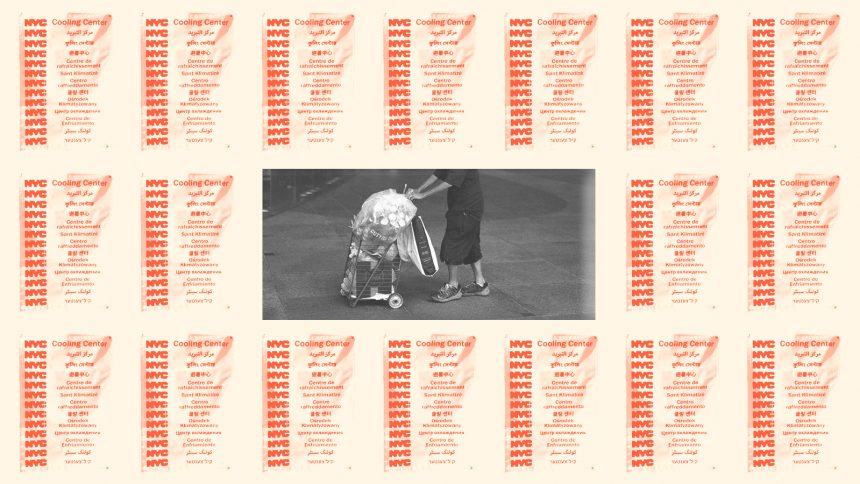Mone Choy, a 68-year-old resident of Inwood, New York City, lives on a fixed disability income of $1,901 per month. Her rent is frozen at $1,928, leaving her with limited funds to cover other expenses due to her chronic health issues that prevent her from working. Despite receiving intermittent gigs, Choy collects bottles for recycling to make ends meet, as she cannot afford luxuries like air conditioning, even during heat waves.
To cope with heat, Choy relies on the city’s cooling centers, which open across New York City during heat advisories. These centers, listed on a city website, provide relief from extreme temperatures, with libraries, senior and community centers, museums, Salvation Army locations, and Petco stores among the locations. Choy carefully plans her visits to cooling centers, choosing those located near Privately Owned Public Spaces for longer hours of operation, as senior centers typically close early.
During a recent heatwave, Choy woke early to pack essentials for the day and traveled to a cooling center at St. Peter’s Church in Midtown. Feeling fatigued and resentful due to the oppressive heat, she spent her time reading the news on her phone. Choy lamented the closure of her neighborhood library and the impact of recent budget cuts by Mayor Eric Adams on library services. The mayor’s administration faced backlash over these cuts, with protests leading to a reversal of some reductions in library funding.
In response to criticisms regarding the adverse impact of library closures on heat relief efforts, the administration defended its approach, highlighting the availability of cooling centers online. However, city officials like Brad Lander, the comptroller, have raised concerns about the significant number of cooling centers closed on weekends, limiting access for vulnerable residents like Choy. As the city grapples with the climate crisis, the need for accessible public spaces, such as libraries, becomes increasingly important for community resilience.
Despite the challenges, Choy navigates the heatwave by seeking temporary relief at cooling centers and local stores. As temperatures rise, she takes precautions to stay safe and avoid adverse health effects. While the city strives to address heat-related risks, the ongoing debate over library funding underscores the broader issue of inadequate investment in civic infrastructure to protect residents during extreme weather events.






